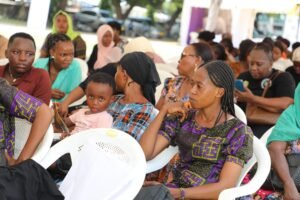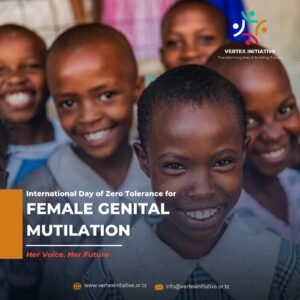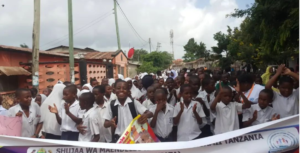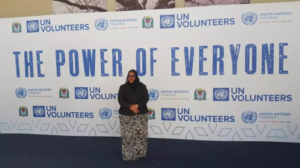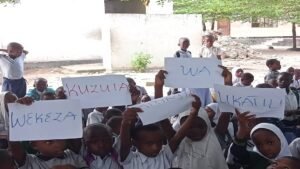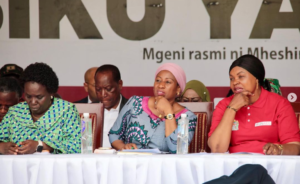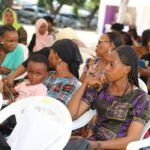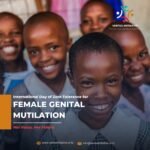Adolescents (10-19 years) may face unique challenged related to their sexual and reproductive health. These challenges can include lack of access accurate information, services, and resources; Stigma and discrimination around sexuality and gender; and pressure to engage in risky behaviors, such as unprotected sex or early pregnancy. • VGE plays a vital role by promoting adolescent sexual and reproductive health, providing sexuality education, increase access to youth-friendly health services and ensure that adolescents have the knowledge and skills to make informed decision about their sexual and reproductive health. • We believe prioritizing adolescent sexual reproductive health can have significant benefits for both individuals and society as whole, including improved health outcomes, reduced rates of unintended pregnancy and STI’s, and increased social and economic opportunities for young people.
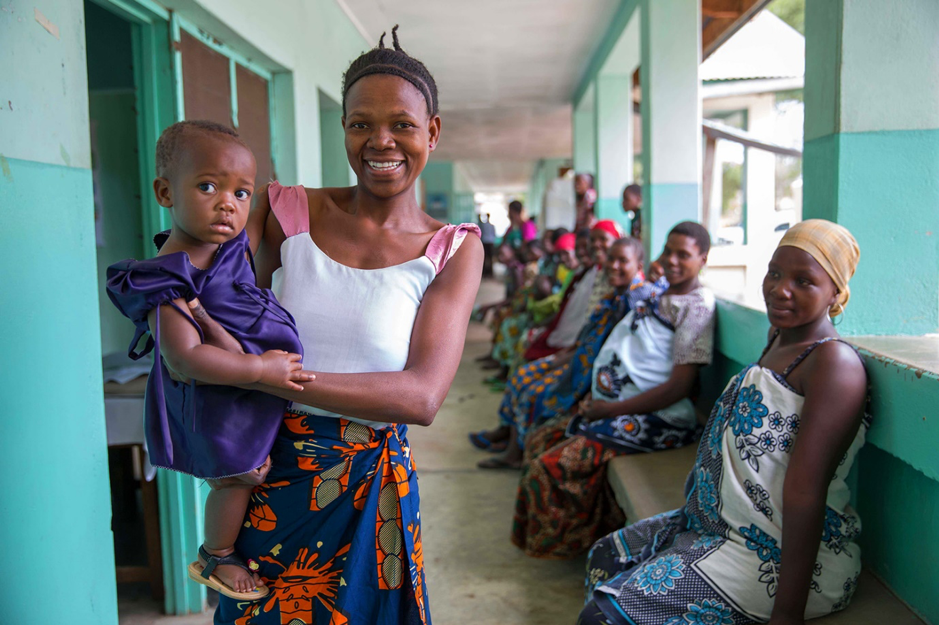
Adolescent Sexual and Reproductive Health (ASRH) in Tanzania is an important aspect of public health, encompassing a range of issues related to the sexual and reproductive well-being of adolescents. Here are some key points regarding ASRH in Tanzania:
Vertex Initiative develop policies and strategies in place that recognize the importance of adolescent health. The National Adolescent Sexual and Reproductive Health Strategy and the National Road Map Strategic Plan to Improve Reproductive, Maternal, Newborn, Child, and Adolescent Health in Tanzania guide efforts in this area.
ASRH is often integrated into broader health services to address the interconnected nature of health issues. This includes linking reproductive health services with services related to nutrition, mental health, and general healthcare.
Vertex Initiatives Efforts are made to provide comprehensive sexual education to adolescents, covering topics such as puberty, reproductive health, family planning, and the prevention of sexually transmitted infections (STIs), including HIV/AIDS.
ASRH programs often include components aimed at empowering adolescents, particularly girls, and promoting gender equality. This involves challenging traditional norms that may contribute to inequality and discrimination.
Encouraging the active participation of adolescents in decision-making processes related to their health is a key component. This can involve youth-led initiatives, forums, and advocacy efforts.

